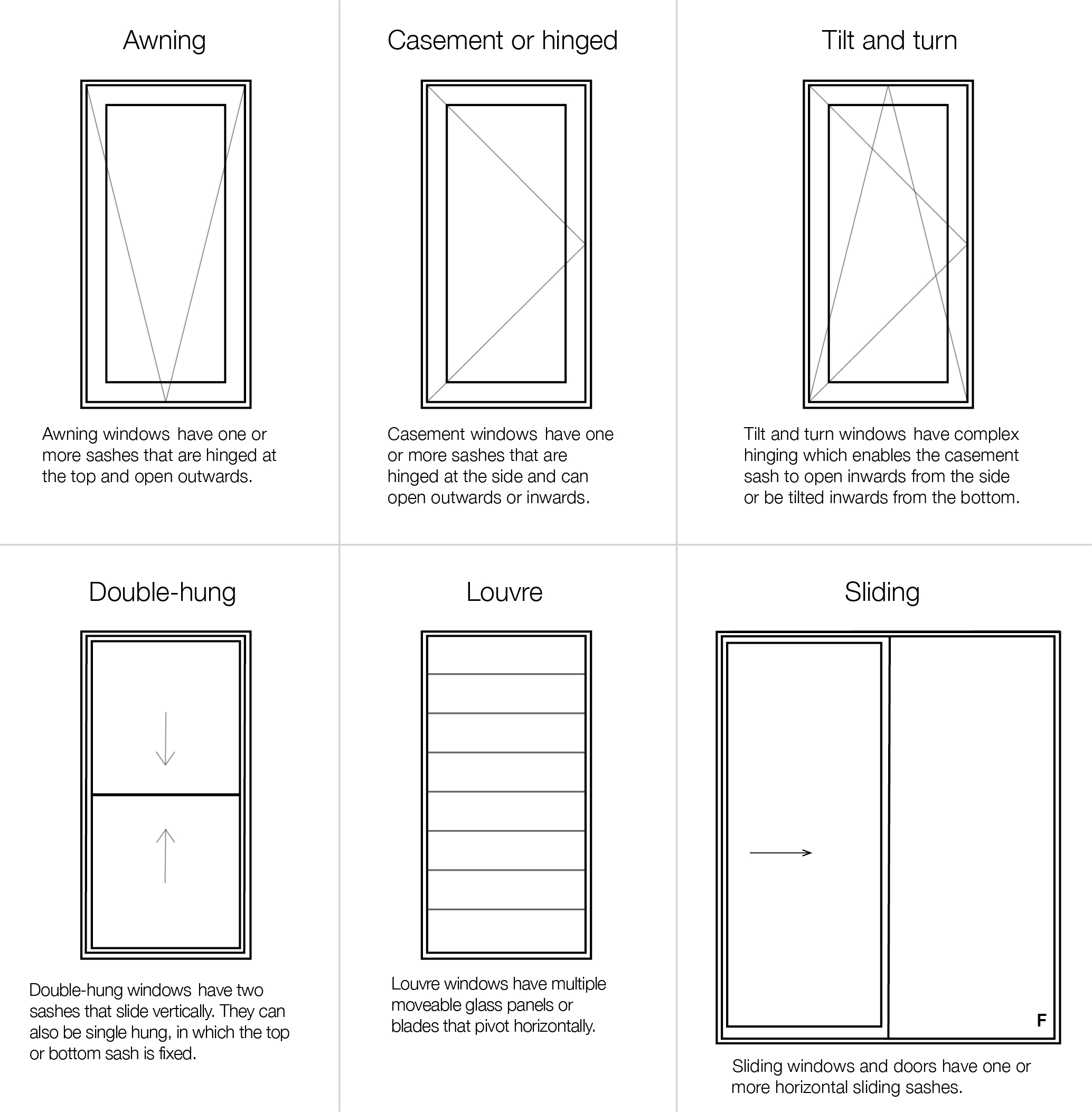All Categories
Featured
Table of Contents
How Double Glazing Can Help Keep Your Home Cool In ... in Booragoon WA
Glazing merely means the windows in your house, consisting of both openable and set windows, along with doors with glass and skylights. Glazing actually just suggests the glass part, but it is usually used to describe all elements of an assembly including glass, movies, frames and furnishings. Taking notice of all of these aspects will help you to attain effective passive style.

Energy-efficient glazing makes your house more comfortable and significantly decreases your energy costs. Improper or poorly designed glazing can be a significant source of unwanted heat gain in summertime and considerable heat loss and condensation in winter season. As much as 87% of a home's heating energy can be gained and approximately 40% lost through windows.
Double Glazing Perth in Belmont WA
Glazing is a significant financial investment in the quality of your home. A preliminary financial investment in energy-efficient windows, skylights and doors can greatly minimize your annual heating and cooling bill.

This tool compares window selections to a base level aluminium window with 3mm clear glass. Comprehending some of the essential residential or commercial properties of glass will help you to choose the finest glazing for your home. Key properties of glass Source: Adapted from the Australian Window Association The amount of light that goes through the glazing is referred to as noticeable light transmittance (VLT) or noticeable transmittance (VT).
Double Glazed Windows Sydney in Cloverdale WA
The U value for windows (revealed as Uw), describes the conduction of the whole window (glass and frame together). The lower the U value, the higher a window's resistance to heat flow and the much better its insulating worth.
For example, if your house has 70m2 of glazing with aluminium frames and clear glass with a U worth of 6. 2W/m2 C, on a winter's night when it is 15C cooler outside compared to inside your home, the heat loss through the windows would be: 6. 2 15 70 = 6510W That is comparable to the overall heat output of a big space gas heating unit or a 6.
Is Double Glazing Worth It? in Karawara WA

If you pick a window with half the U value (3. 1W/m2 C) (for example, double glazing with an argon-filled gap and less-conductive frames), you can halve the heat loss: 3. 1 15 70 = 3255W The solar heat gain coefficient (SHGC) for windows (expressed as SHGCw) measures how readily heat from direct sunshine streams through a whole window (glass and frame together).
The lower a window's SHGC, the less solar heat it transmits to the home interior. The real SHGC for windows is affected by the angle that solar radiation strikes the glass.
Stay Cool This Summer With Double Glazed Windows - Aaa Glass in Darch Perth
When the sun is perpendicular (at 90) to the glass, it has an angle of occurrence of 0 and the window will experience the maximum possible solar heat gain. The SHGC declared by glazing makers is always calculated as having a 0 angle of occurrence. As the angle increases, more solar radiation is reflected, and less is transferred.
Table of Contents
Latest Posts
Benefits Of Having Double Glazing Windows In The Summer in Westfield Western Australia
Does Double Glazing Have A Vacuum? in Greenmount WA
The Science Behind Double Glazed Windows in Kenwick Perth
More
Latest Posts
Benefits Of Having Double Glazing Windows In The Summer in Westfield Western Australia
Does Double Glazing Have A Vacuum? in Greenmount WA
The Science Behind Double Glazed Windows in Kenwick Perth